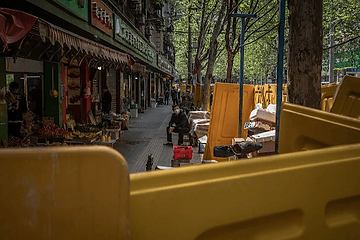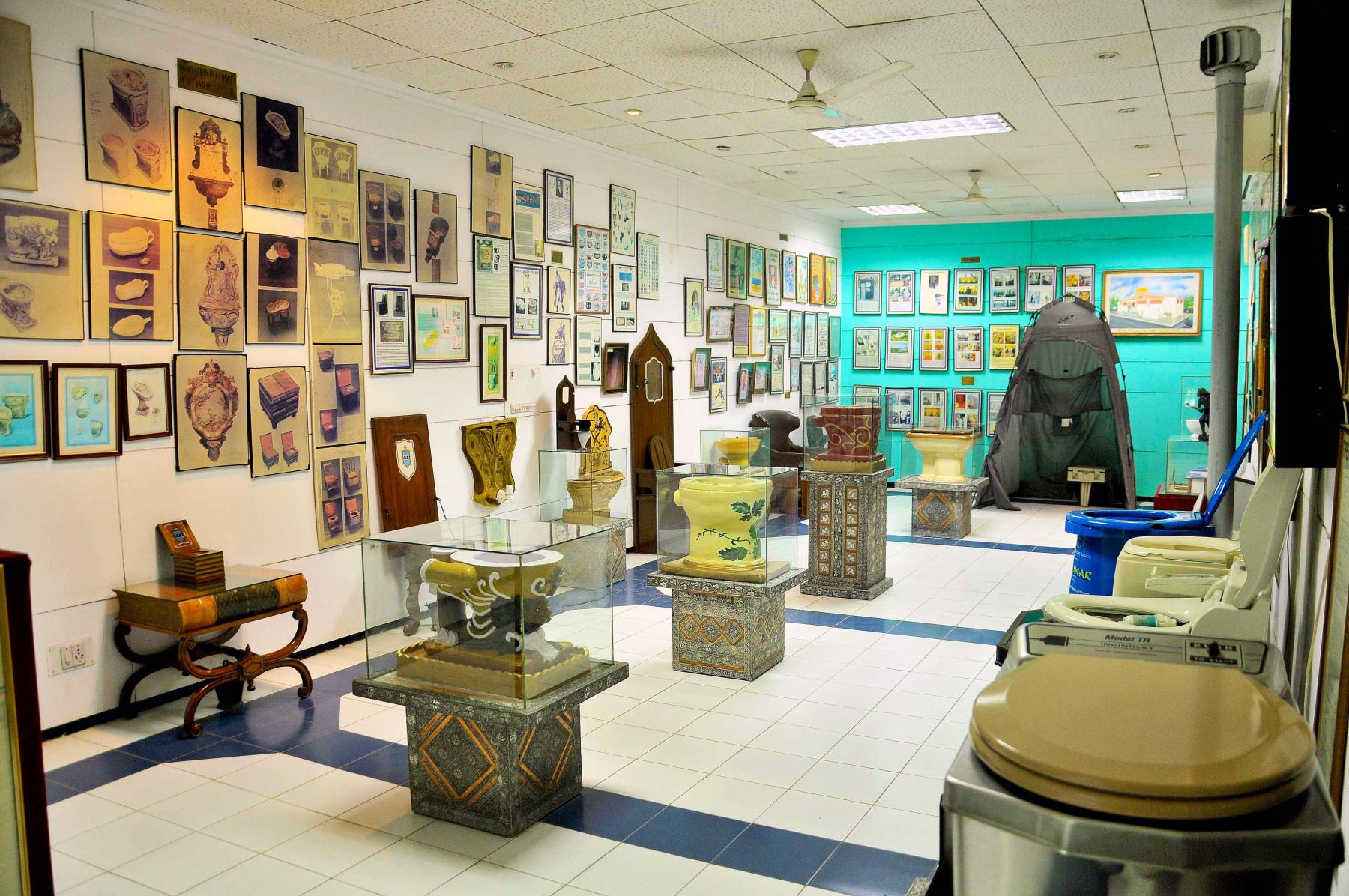Photographers have been few of the creative professionals who have been most affected, thanks to the quarantine confining them to their homes. Nevertheless, many have taken it in stride, almost as an Oulipian constraint, and are challenging themselves to push the boundaries of creativity. As always, we can count on artists to come up with creative solutions to deal with isolation in these troubling times! Photographers straddle an interesting position especially since they are now shaping our perception of the panic-stricken world outside of our electronic gadgets. To celebrate their intriguing work, we take a look around the world to find the most interesting photographers out there and see what they have been up to.
Aysia Marotta: The loneliness of New Yorkers


Documenting the stillness of the isolation of the pandemic, Marotta usually sets off once a week, balancing about three people a day to photograph them at their windows. Her ‘Come to My Window’ project, initially based in New York started off with inspiration the photos she would take of her pet dog who would just sit at the window. In the pursuit of capturing history without endangering herself or others, she dons a safety suit and carries around a step ladder, along with her camera, in a way of creating community as she says. New Yorkers are a tough bunch, and to see the absolute silence in the streets, and lonely, self-isolated people just looking out of their windows in her photos is humbling to say the least in the way quarantine has affected everyone. Sometimes it isn’t enough to have video calls, she stresses, and she aims for being a friendly face in the street, acknowledging the distress, especially of people who have lost their livelihoods.
The scope of the project has extended to other parts of US and to London through collaborators. She plans to compile the project into a book whose proceeds are to be donated to an organization like One Fair Wage. She’s received much flak for the series, and the focus turning back towards the photographer is a jarring experience for Marotta who is a music photographer used to being incognito. She hopes with more familiarity people will be willing to understand the awareness she means to send out.
Akira Hiragae captures Japan’s stillness and self-discipline


For the Filipino-Japanese photographer, even without Japan enforcing a lockdown, Tokyo has become a ghost town. Shibuya, the world’s busiest pedestrian crossing, is almost empty, as is the Shinjuku station, and many parts of Tokyo . The neon signs have been turned off and the cyberpunk quality of Tokyo that we all have been used to is gone.
Hiragae’s compositions have solitary figures, usually in face masks, striding along in the middle of the photos with the noirish lighting contrasted with shadows bouncing off. He states that the back alleys of Tokyo yield the best photographs. Commending the self-discipline of the Japanese who have voluntarily chosen to stay in and only going out when absolutely necessary, Hiragae captures their stoicism in soft lights and straight, undiffused lines.
Roman Pilipey at the epicenter in China


Currently based at the epicenter of the pandemic, Ukrainian photographer Roman Pilipey’s photographs of the Chinese citizens struggling to go about their daily lives has been picked up by many news agencies. With the lockdown being lifted in April in China, Pilipey has been documenting their slow return to attempted normalcy. The Yangtze River remains a recurring motif in his photos where he captures the striking overlapping layers of darkness at the shore and the far off lighting from buildings, featuring fishermen, ferry passengers, and general observers looking out to the river. His understated presence comes handy when he is witnessing private moments of grief and despair.
Heather Glazzard’s FaceTime portraits


London based artist Heather Glazzard has been chasing and maintaining connections during the quarantine. After one of her assignments got cancelled, they decided to start photographing their queer friends through FaceTime/Skype in order to boost their friends’ morale, reconnecting with people from their past, and use it as a creative outlet. The process has been highly collaborative with Glazzard calling it half self-portrait and half “Heather-style shoot”. The subjects dress up and have selected a designated area before the video call. Then the subject usually takes them around through the house and Glazzard selects a position to place their phone and instructs them to pose.
The resulting photos have the subject in the middle staring straight into the camera, while at the corners of the frame is the smaller screen of the front camera featuring Glazzard taking a photo of the screen. Glazzard has been championing awareness about mental health issues of queer people and their representation in media through her projects, and it takes a novel form in the series.
Shirin Neshat choosing “life over death”


Famous Iranian-American artist, Shirin Neshat, has become closer to nature since the lockdown started. She frequently walks around with her phone trying to capture photos that “feel like life”. Sharing a message of hope and positivity, she insists that we will get through the pandemic, and that it is important to motivate the art world during this crisis. Contrasting the sprout to be planted as an ancient ritual welcoming spring and the Persian new year with the snowstorm outside, she says she loves this paradox of nature while waiting for spring to arrive. In another photo she observes an insect simultaneously approaching and being repelled from a rotting fruit, “choosing life over death” as she says. Neshat has been famous for her visually compelling artworks examining the relationship between Iranian women and Islamic cultural registers.
Tosh Basco on hope and regeneration

Performance artist Tosh Basco a.k.a. boychild has taken to photography to understand life, hope, and regeneration. She bought a bouquet of tulips at the beginning of quarantine, marking the flowers as a metaphor for the ephemerality of life. During the degenerative process, she captured an instance where the flowers had been wilting gradually, observing the beauty of life even in the face of death. Fresh in its familiarity, the photo betrays the preoccupation of the individual with contingent death within the pandemic. Furthering her thought, she muses on the steep cost the disenfranchised had to pay for the world to realise the lacunae in healthcare systems. In spite of this, she is hopeful that everyone will come out of the lockdown having learnt a lot about themselves and the world around them, and the earth will be fertile again to build and grow.




